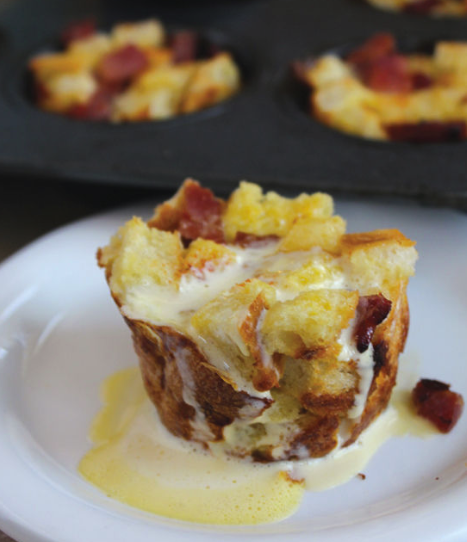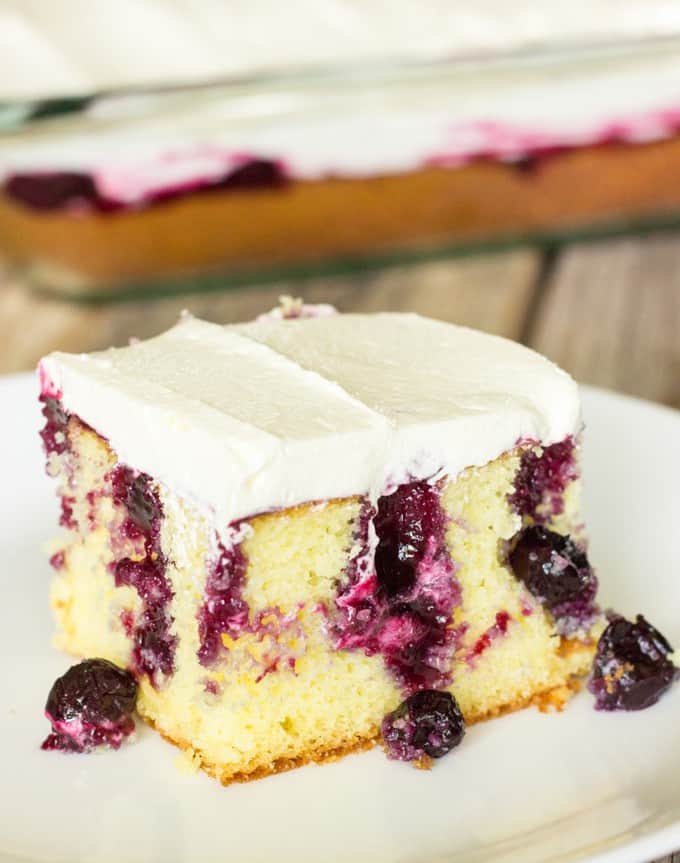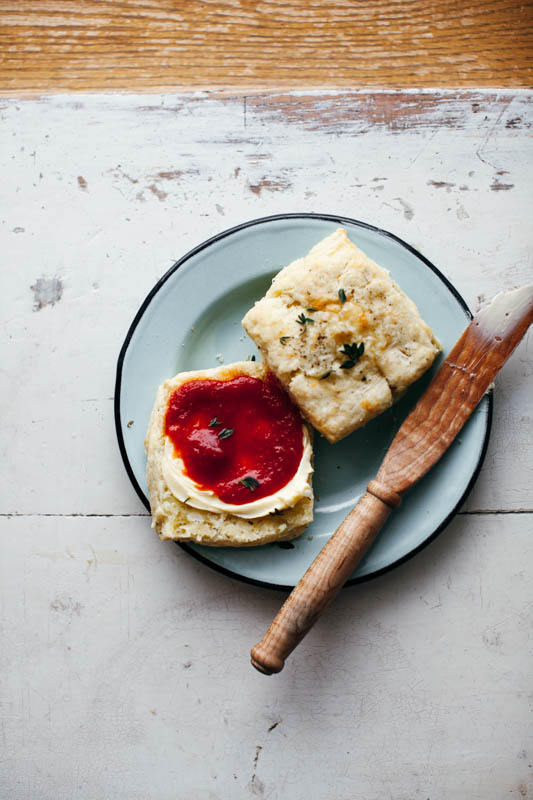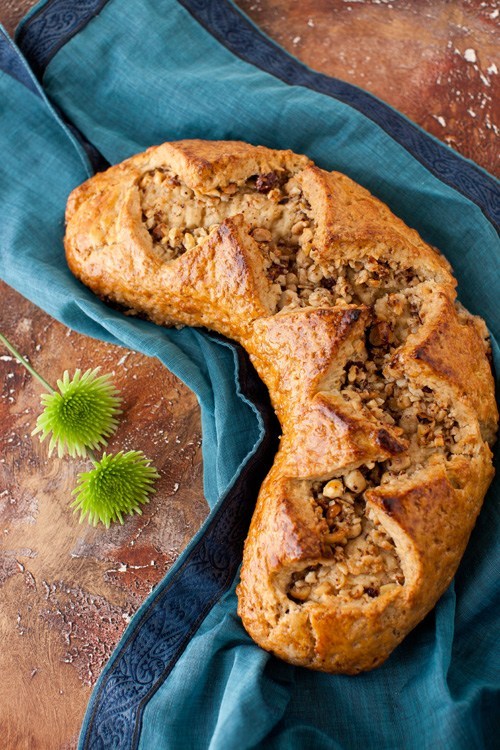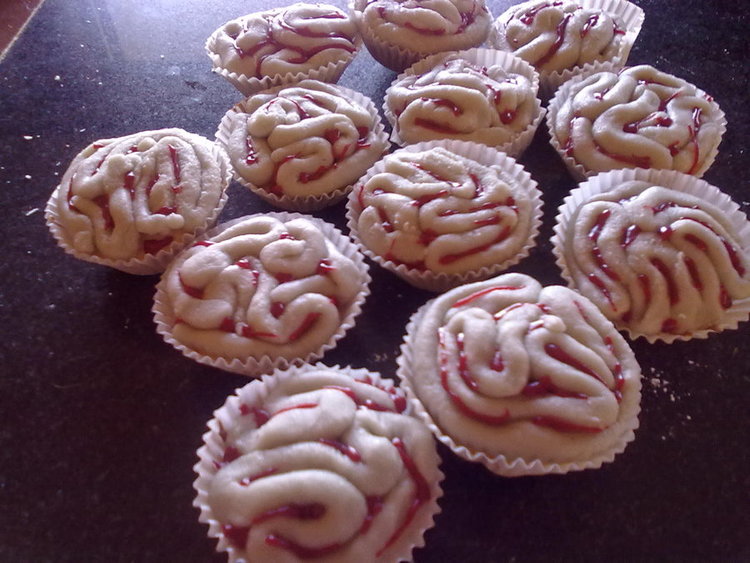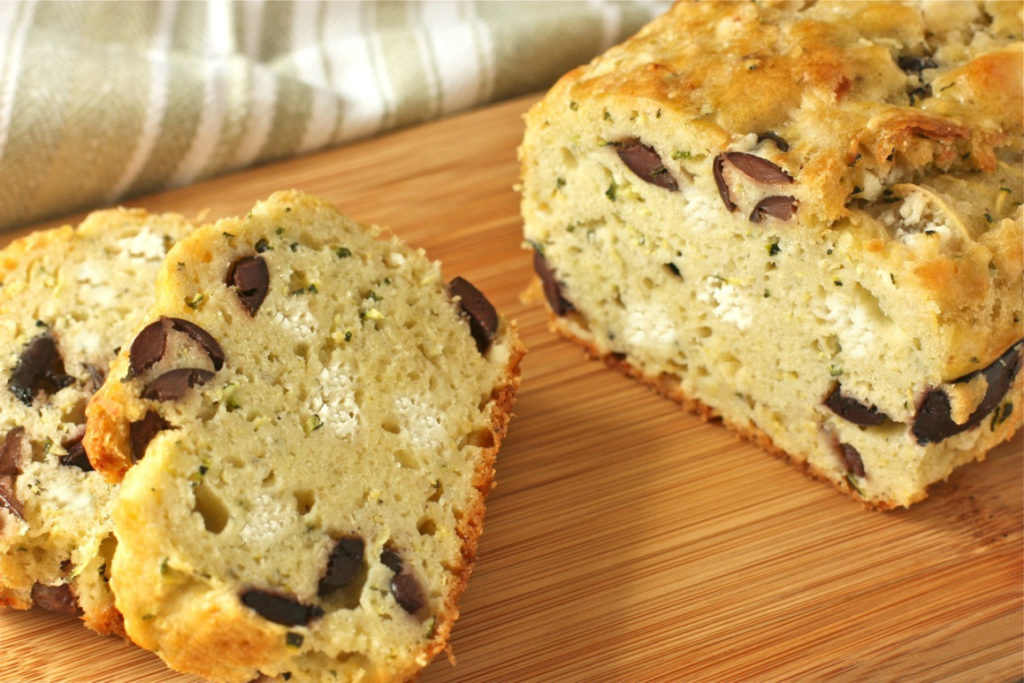A collection of Thin & Crispy Sesame (Benne) Seed Crackers
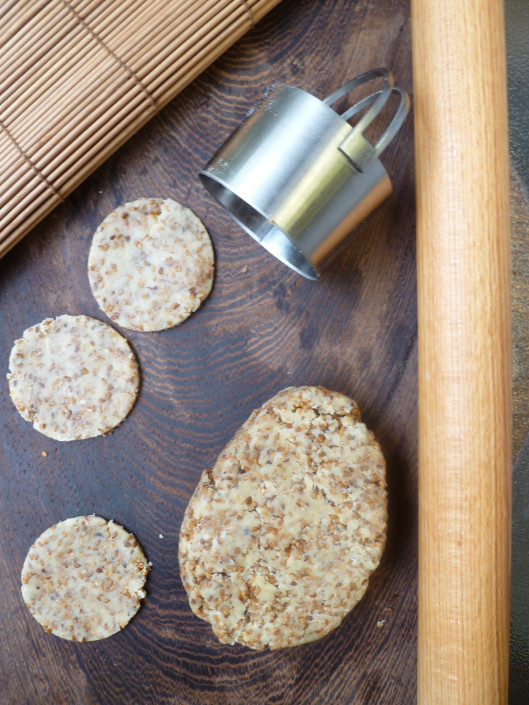
Benne Seed Crisps
1 Cup Yellow Cornmeal
1/2 Cup All Purpose Flour, sifted
1/2 tsp Salt
1/4 tsp Baking Soda
2 T. Butter, Melted
1/3 Cup  Cream
Sesame Seeds
Preheat the oven to 350 degrees. Sift the cornmeal together with the flour, salt and baking soda into a bowl. Mix in the butter and cream. Knead the dough until it holds together (6 to 8 times) on a floured board. Roll the dough by the teaspoonful on the floured board. Sprinkle with sesame seeds. Roll into very thin 4″ diameter rounds, leaving the edges ragged. Bake on an ungreased cookie sheet until golden (about 15 minutes). Sprinkle with salt while still warm. Store in a tightly covered container. Go well with cocktails and seafood soups.
Benne Seed Cocktail Crackers
1/2 cup of Sesame Seeds
1 cup of Unbleached White Flour
1/2 teaspoon of Baking Powder
1/2 teaspoon of Salt
1/4 cup (4 Tablespoons) of cold Butter
4 or 5 Tablespoons of Milk
1 Egg, beaten
Preheat the oven to 350 F. Pour the sesame seeds out onto the rimmed baking pan and toast them in a single layer until they are golden–for, perhaps, 10 minutes. Cool them completely. If you are using a Food Processor, sift together the flour, baking powder and salt onto a sheet of waxed paper and pour the sifted mixture into the Processor. Cut the cold butter into bits, add it to the dry ingredients and pulse until the butter is well incorporated into the dry ingredients and the mixture becomes ‘mealy-looking’. If making the dough by hand, sift the flour, baking powder and salt directly into the mixing bowl and rub the cold bits of butter into the dry ingredients with your fingers until the mixture becomes fine-textured like cornmeal. With the Processor turned on, add milk to the mixture, a Tablespoon at a time through the feed tube until the mixture balls and forms a dough. (Alternatively, add milk by Tablespoons, working the mixture into a dough with one hand as you add milk with the other.) Using either method, the dough formed by the mixture should be neither crumbly nor sticky–but in between the two and a little on the stiff side. (The dough for the crackers in the photos required 5 Tablespoons of milk.) If the dough has been mixed in the Processor, transfer it to a bowl. Add the toasted sesame seeds and mix them in with your hands, roughly squeezing the dough and kneading in the seeds until they are distributed throughout the dough. (The dough may be made up to this point a day or two in advance, wrapped and chilled. Chilled dough will require a little time to sit at room temperature and soften before rolling out and cutting. Sprinkle a little flour on the pastry board. Divide the dough in half. Roll out the first half as thinly as possible: “a sesame seed thick.â€Â The dough is easy to work since it isn’t sticky and will roll out into a very thin sheet. Cut rounds from the dough with the biscuit cutter. Place them on an ungreased baking sheet. In the same way, roll out the second half of the dough and cut rounds. Gather up the scraps, re-roll them into a sheet, and cut more rounds. Continue making crackers until all the dough is used. Brush the rounds with beaten egg and bake them until they are golden. A reasonable estimate is 12 – 15 minutes of baking. Cool the crackers on a rack. Store them in an air-tight container if they aren’t used on the day of baking.
Sesame (Benne) Seed Crackers
3 large eggs
1 tablespoon olive oil
1 cup plus 1 tablespoon all-purpose flour
1/4 teaspoon salt
1/2 teaspoon baking powder
1 large pinch sugar
3/4 cup unhulled sesame seeds, toasted
Preheat oven to 350 degrees. In a medium bowl, beat together 2 eggs and oil until frothy. In another bowl, combine flour, salt, baking powder, sugar, and sesame seeds. Mix into egg mixture. Add extra flour if needed to make a stiff dough; it shouldn’t be sticky. Â Roll out dough on a lightly floured board as thinly as possible. Using a 3-inch-round biscuit cutter, cut into circles. Arrange on a greased or parchment-lined baking sheet. In a small bowl, whisk together 1 egg and 1 tablespoon water to make egg wash. Brush wafers lightly with egg wash. Poke holes all over crackers with a fork, making sure the holes go all the way through. Bake for 10 minutes, or until brown around edges. Turn over, and bake until golden brown and crisp, about 4 minutes. Let cool; store in an airtight container.
Thin & Crispy Sesame Crackers
1 1/2 tsp active dry yeast (7 g; see notes)
1 3/4 cups warm water (420 ml, 105° to 115°F)
1 Tbsp diastatic malt or honey (15 ml)
1/2 oz kosher salt (15 g)
2 ½ Tbsp Asian sesame oil (40 ml)
6 oz whole wheat flour (170 g)
20 oz bread flour (568 g)
1/2 lb sesame seeds (228 g; a mixture of black and white)
In the bowl of an electric mixer, dissolve the yeast and the honey in the warm water. Let it sit for 10-15 minutes, until the yeast activates and a foam cap forms. Mix in the salt and the sesame oil. Using the dough hook attachment, incorporate the whole wheat flour and all but a handful of the bread flour. Knead until a smooth, elastic dough develops. Keep adding more flour if necessary. Incorporate the sesame seeds. Remove the bowl from the mixer, cover and place in a warm place for 1 hour to proof.
Cut the dough into 4-6 pieces. Flatten each piece with your hands or a roller to about ¼ – inch thick. Cover the dough pieces with a piece of plastic wrap and let relax for 15 minutes. Roll each piece out to #6 setting on the KitchenAid pasta roller attachment, which is about 1/64 inch or about 0.5 mm thick (see notes). Lay the rolled out dough on a large baking sheet lined with parchment paper. Cut the dough sheets into crackers of the desired size and shape. Large triangles or wedges work particularly well. Bake immediately (do not let them rise, or the crackers will be thick instead of thin and crisp) at 375°F (190°C) until deep golden brown (see notes). Rolled out to #6 they need 14-15 minutes of baking. Store in airtight containers.
Notes:Â The original recipe uses fresh compressed yeast, which is not readily available to a home baker, not is it practical for a home baker. If want to us fresh yeast, you will need 3/4 oz or 20 grams for this recipe. In the original recipe the author recommends rolling the dough out to 1â„16 inch (2 mm) thick. You may want to experiment and decide for yourself whether you like your crackers thinner or thicker. In the original recipe the author advises to bake the crackers until deep golden brown. Be sure not over-bake as they tend to taste a little bitter if baked too much. I’d recommend to experiment a little and pick the color that corresponds to the best tasting crackers to you.
Alton Brown Seedy Crisps
5 ounces whole-wheat flour
4 3/4 ounces all-purpose flour, plus additional for rolling
1/3 cup poppy seeds
1/3 cup sesame seeds
1 1/2 teaspoons table salt
1 1/2 teaspoons aluminum-free baking powder
3 tablespoons olive oil
6 1/2 ounces water
In a medium bowl whisk together both flours, poppy seeds, sesame seeds, salt, and baking powder. Add the oil and stir until combined. Add the water and stir to combine and create a dough. Turn the dough out onto a floured surface and knead 4 to 5 times. Divide the dough into 8 equal pieces, cover with a tea towel and allow to rest for 15 minutes. Preheat the oven to 450 degrees F. For a thin snacking cracker: On a lightly floured surface, roll out 1 piece of dough to 1/16-inch and place on a parchment lined baking sheet. If there is room on the sheet pan, repeat with a second piece of dough. Bake on the middle rack of the oven for 4 minutes then flip and bake for an additional 2 to 3 minutes or until golden brown. Remove from the oven and place on a cooling rack. When cool, break into desired size pieces. Repeat procedure with remaining dough . For a thicker dipping cracker: On a lightly floured surface, roll out the dough as above but to 1/8-inch thick. Bake for 6 minutes on the first side, then flip and bake another 4 to 6 minutes. For super even thickness and easy rolling: Roll out using a lightly floured pasta roller. Flatten the dough until it will pass through the first setting and go to the highest number that your pasta roller will allow without tearing the dough. Bake according to the thin cracker instructions. Note: Baking times will vary depending on exact thickness of dough and oven temperature, so watch them closely. Store in an airtight container for up to 2 weeks.
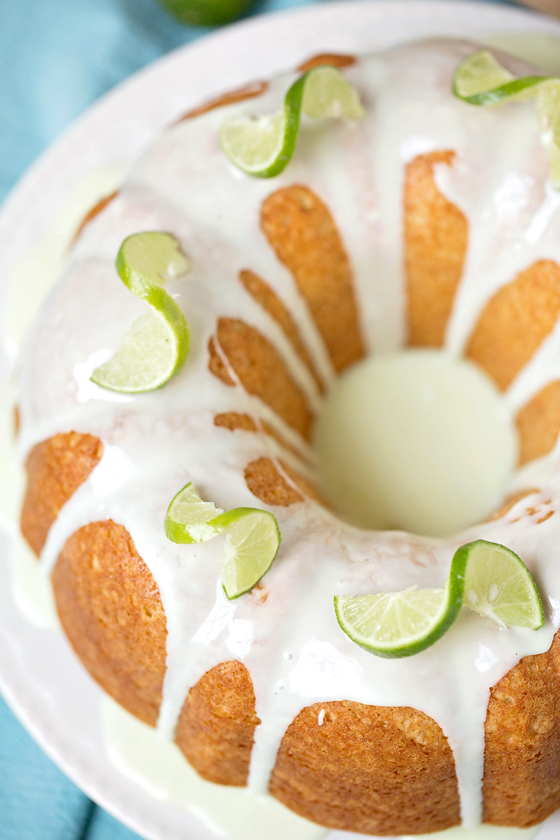
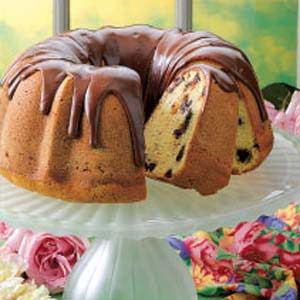

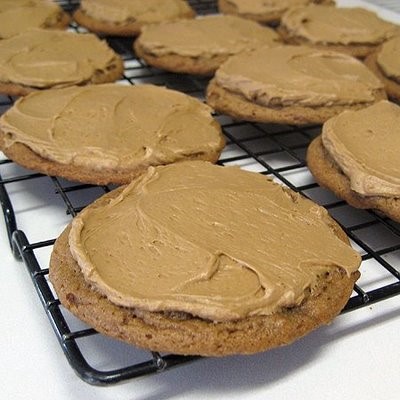
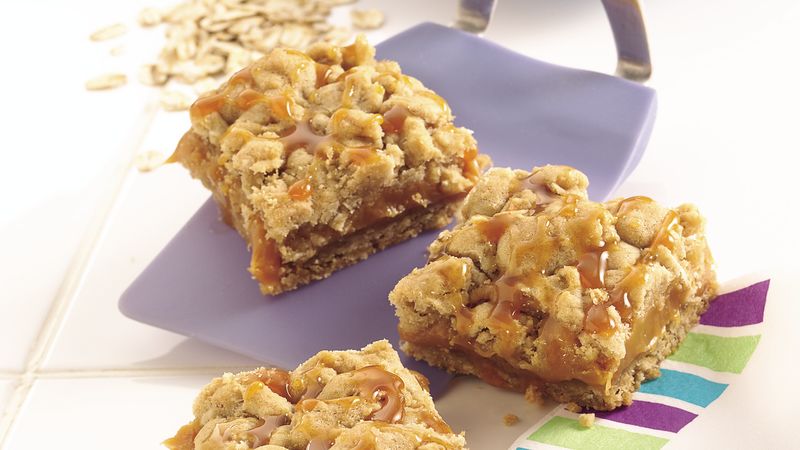
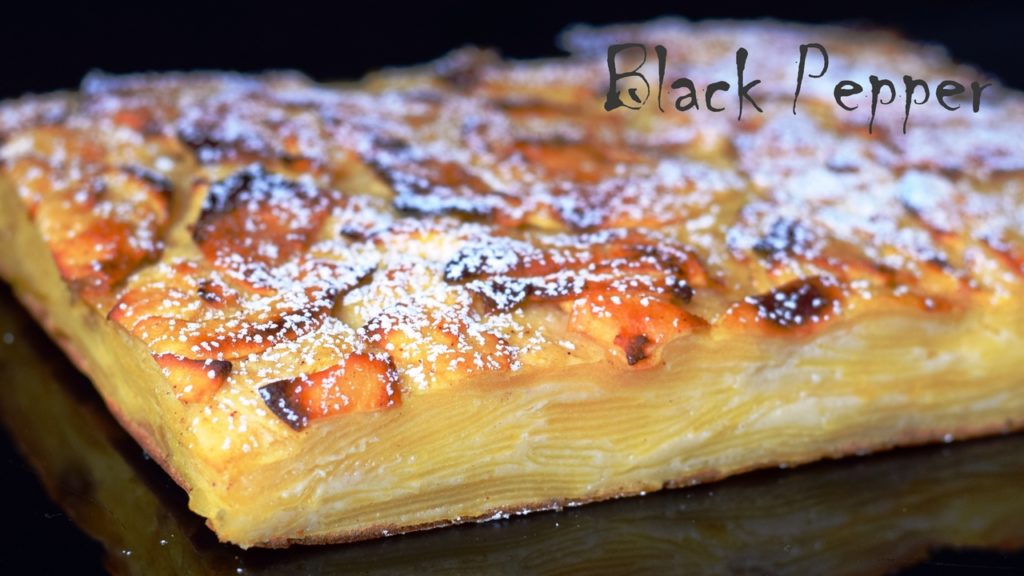

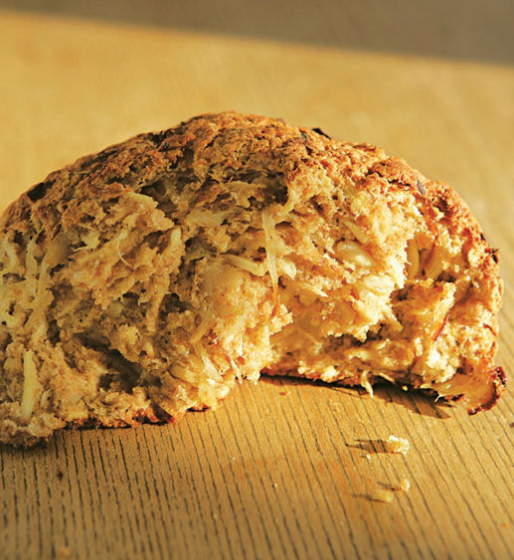
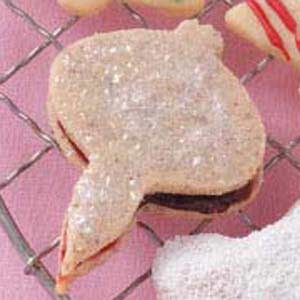
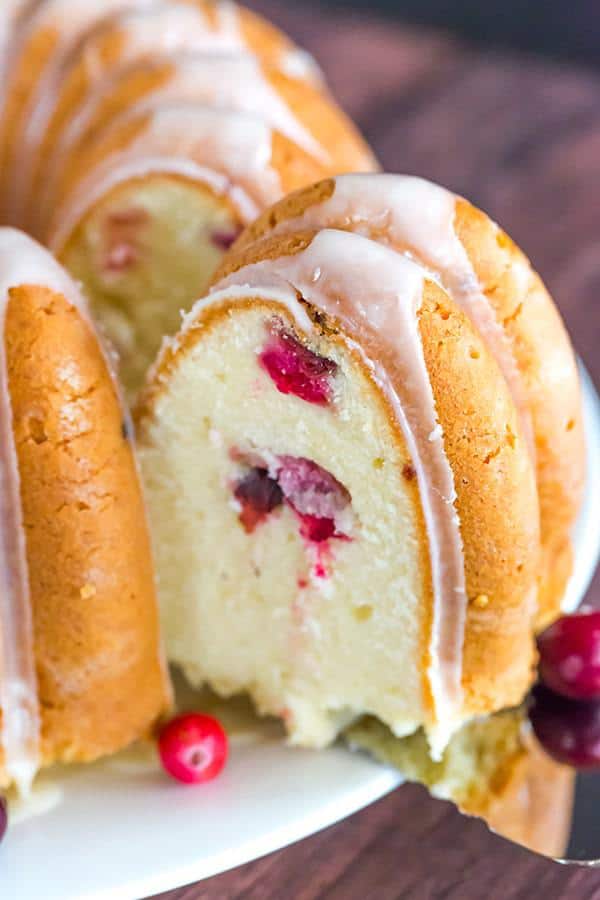

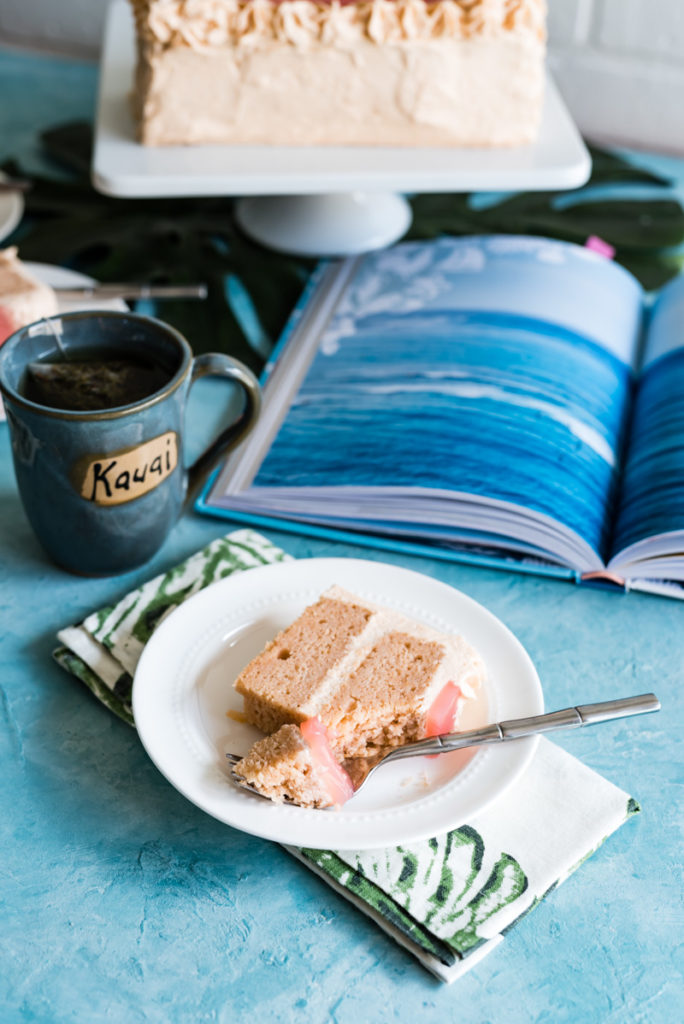
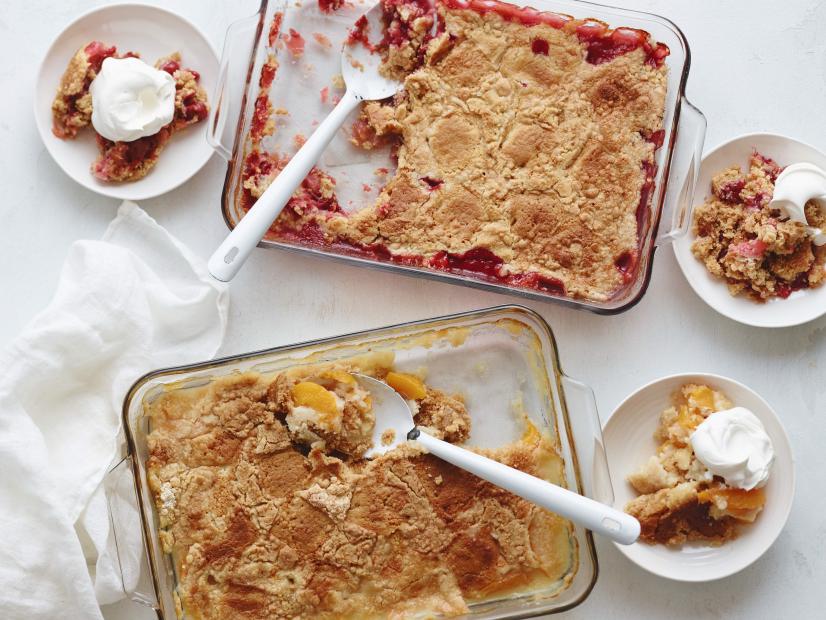
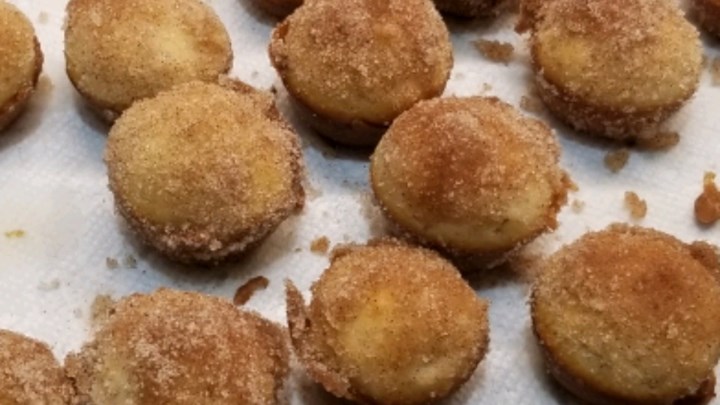
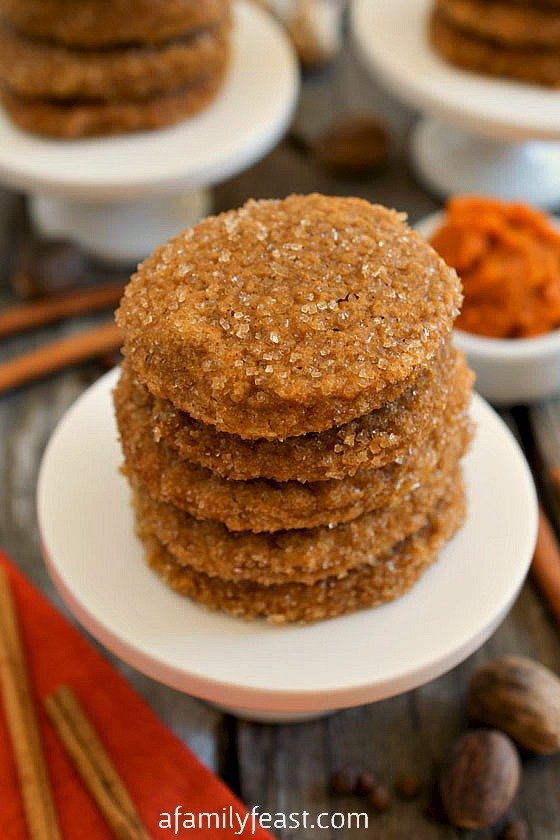

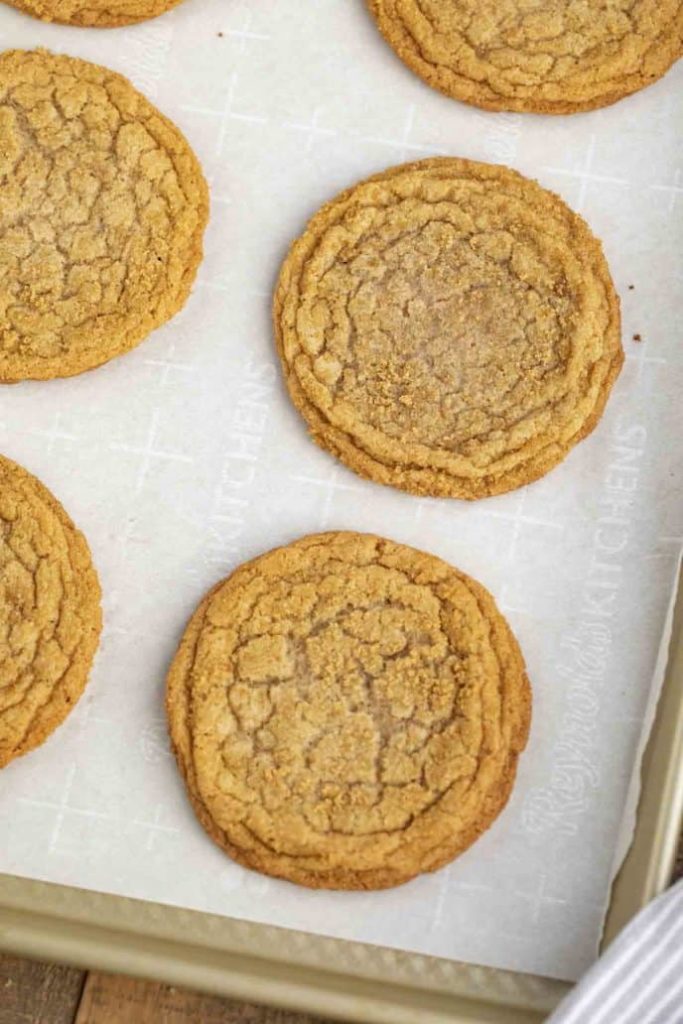
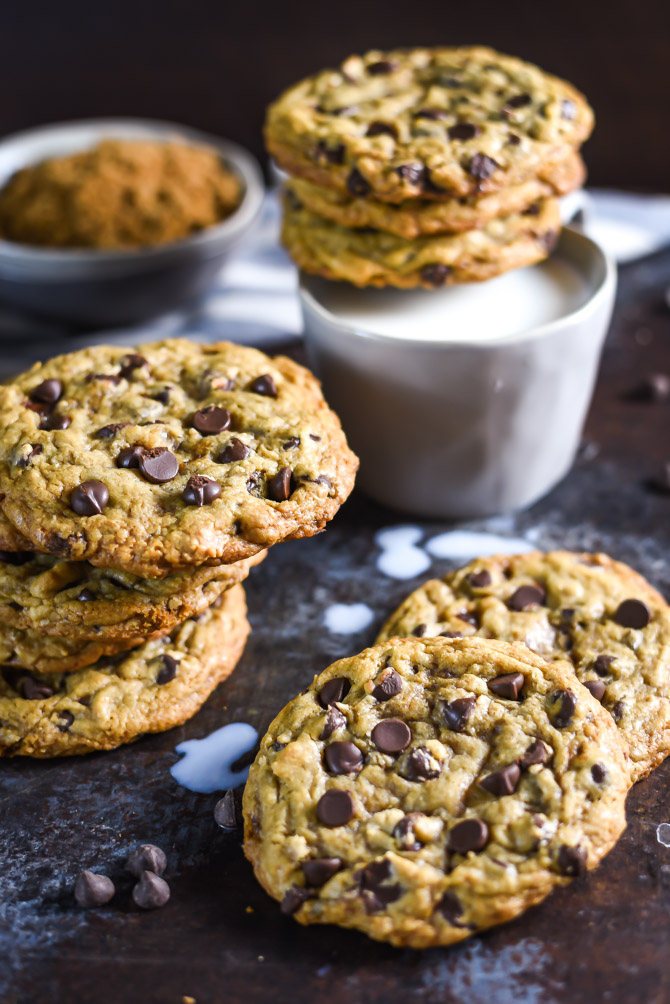
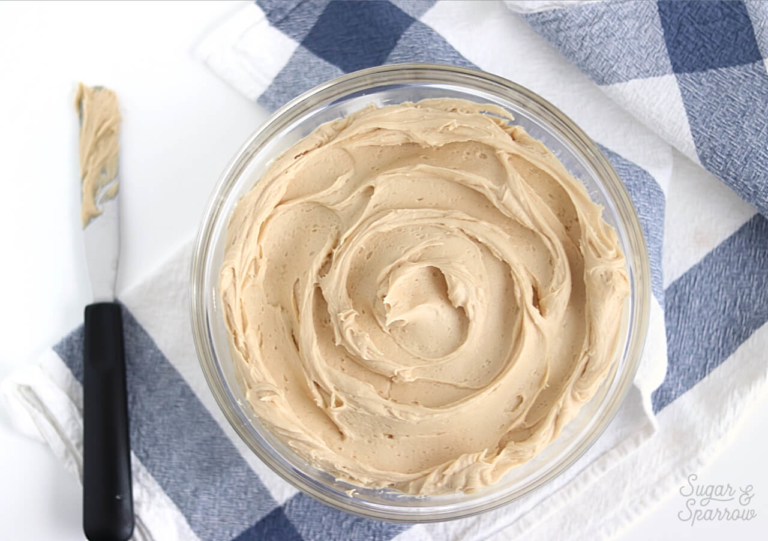

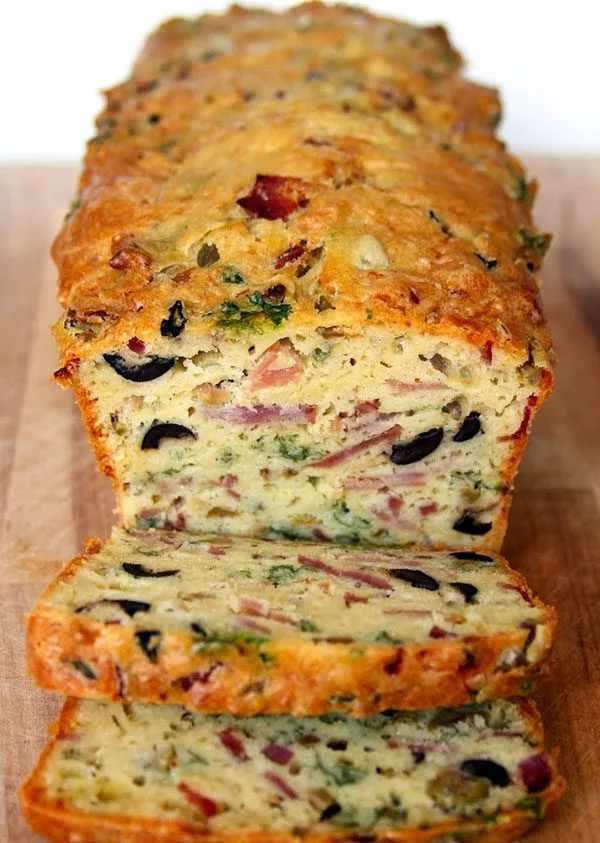 Olive, Bacon and Cheese Bread
Olive, Bacon and Cheese Bread 6 ounces cream cheese, at room temp
6 ounces cream cheese, at room temp